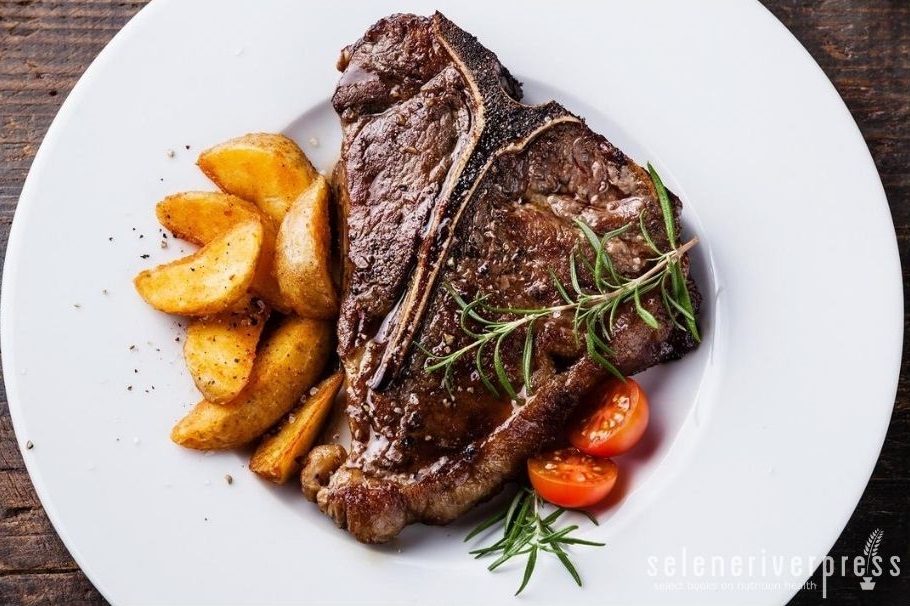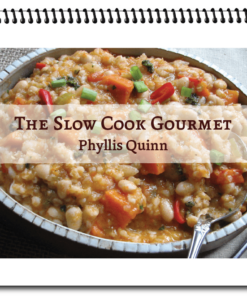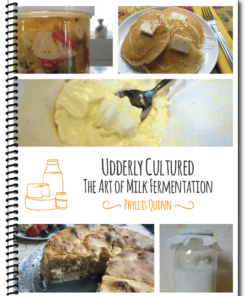Ask Chef Phyllis
While traveling in Germany and France many years ago, we had the good fortune to eat in a small town near the French border. Their specialty was a steak, so tender and succulent, with onions and potatoes. I’m not sure if you ever answer questions like this, but can you shed some light on what we were served?
Anita from Orlando, Florida
The border towns between France and Germany share a history of occupation going back and forth through so many centuries that, in my opinion, they almost seem indistinguishable from each other.
When traveling from Stuttgart, Germany, into Strasbourg, France (which truly has a long Franco-German history and culture), I was in disbelief as we entered the town. Although I remembered crossing the border, I had to ask my son if we were still in Germany because it all looked so familiar.
He smiled, almost laughing. “This is quite the can of worms you’ve opened, Mom.” That’s because this question has been a topic of discussion for many generations, and it’s still a bone of contention for some.
I observed hanging baskets filled with bright red geraniums, winding cobblestone streets, half-timber houses, lots of churches and balconies. All the décor that I could see was familiar—or at least familiar enough to fool someone who’d been vacationing in Germany.
The second largest city in France, Strasbourg is a prize. Along with Alsace, another province, some consider it a piece of Germany in France. The German language is even spoken there. I could go on about all the differences and similarities, but, as I’m fond of saying, that is the makings of another post.
As a cookbook writer, I assumed the food would be very much alike to German dishes, and I was right—to a degree. I was soon reminded that European towns, whether in Italy, Germany, France, or Spain, all take pride in putting their own spin on regional dishes.
I can’t vouch whether the following recipe is German or French. Nor am I positive that it is the specialty of Strasbourg. However, I do know it can be used as the starting point for two other superb beef steak entrees: Steak Diane and Steak au Poivre.
Famous chefs such as Emeril Lagasse and Guy Fieri have served these specialties in their restaurants. In my opinion, it is worth it to master one of these as your signature dish! Everyone should have at least one.
Steak in the French Style
Chef’s note: If you wish to make Steak Diane, substitute the cooked potatoes with one pound of sliced baby bella (Italian brown) mushrooms. Cook in the same drippings as you fried the steak. Finish the dish with the juice of 2 lemons and more black pepper. Serve immediately.
Ingredients
1¾-inch beef steak (about 1½–2 lbs.), such as porterhouse, ribeye, or Delmonico, brought to room temperature
2 teaspoons good sea salt
2 teaspoons coarse freshly ground black pepper
1 large onion, minced (I used a sweet yellow onion)
½ lb. melted butter, cooled slightly
Boiled potatoes (cold), diced large
Instructions
- When meat is room temperature, rub both sides with salt and pepper.
- Stir the minced onion into the melted butter and pour over the steak. Let stand for 45–60.
- Heat a cast iron skillet to sizzling. Place the steak, along with butter and onions, in the pan.
- Cook rare (no longer). Remove from the pan and place on a warmed serving platter, lightly covered. (It will continue to cook while you fry the potatoes.)
- Place the cold potatoes in the same skillet. Heat thoroughly until browned to taste. Lay potatoes around the steak and serve.
Images from iStock/Lisovskaya (main), ALLEKO (post).






